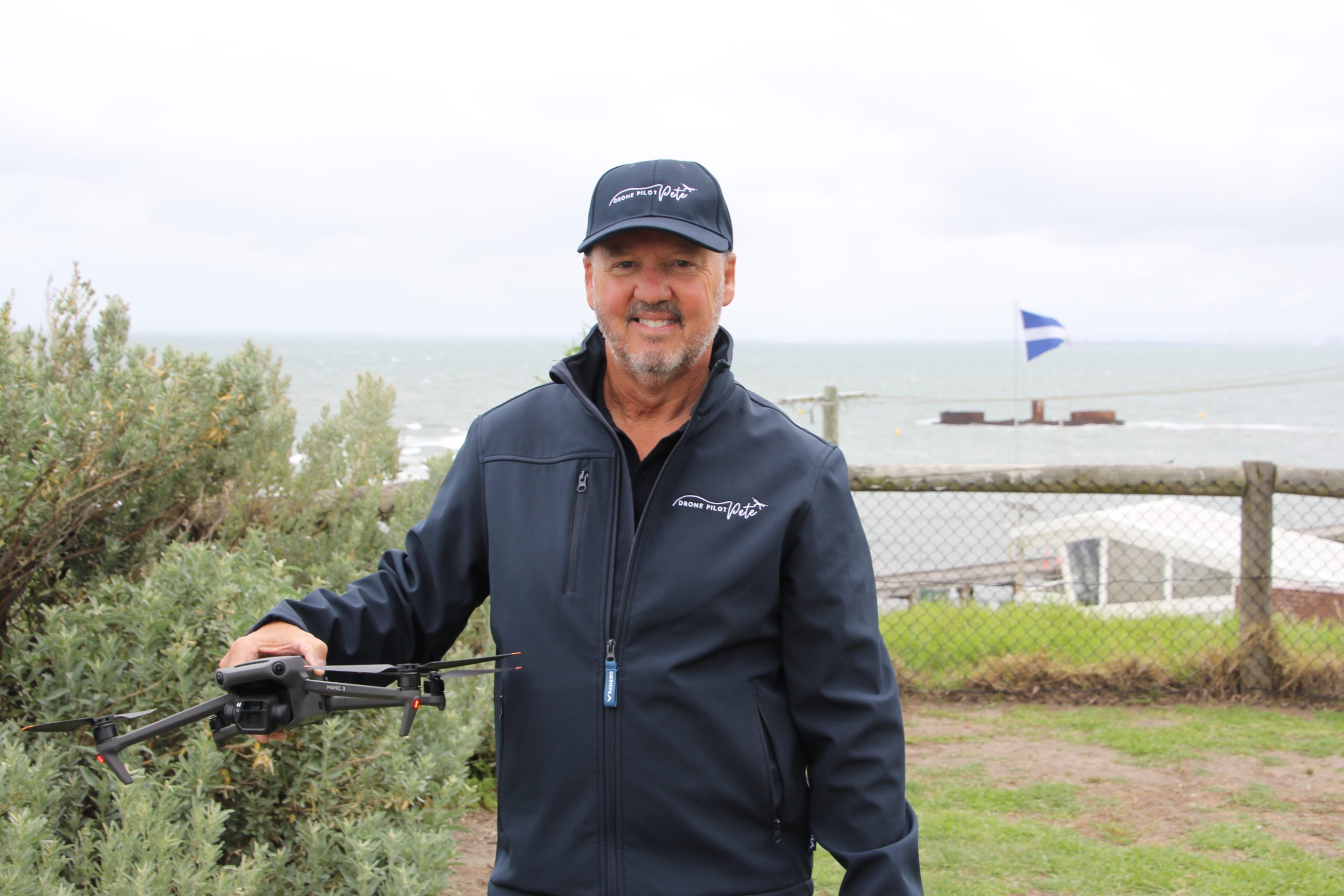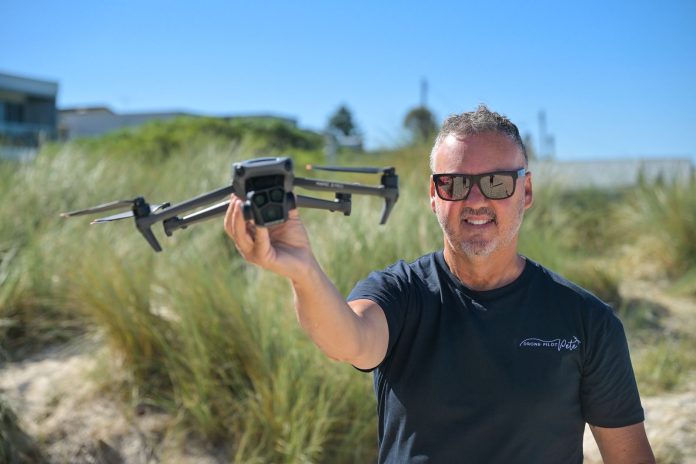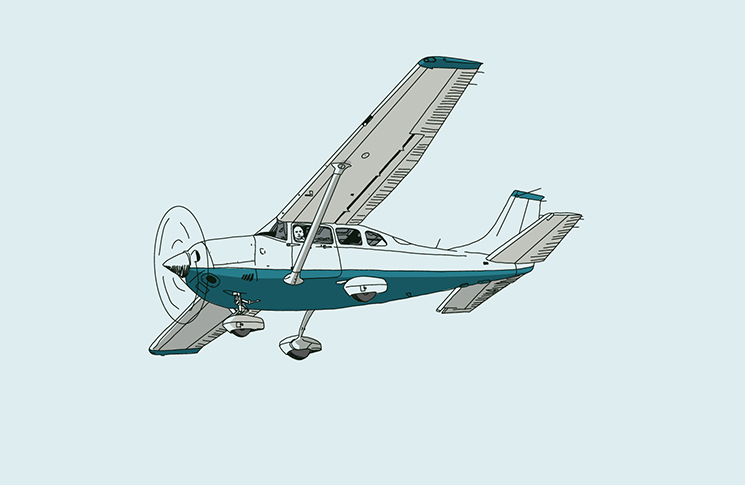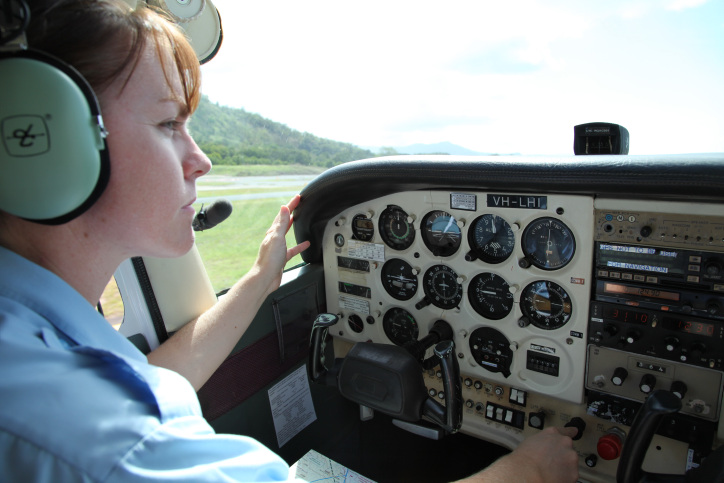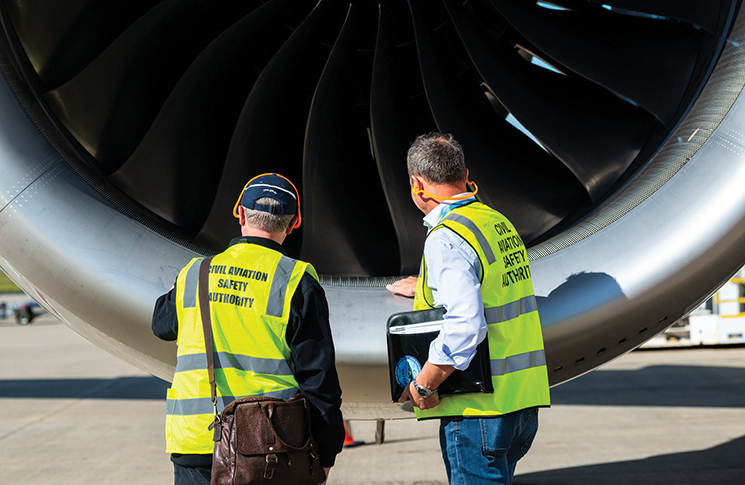With a passion for aviation, photography and technology, Peter ‘Pete’ Jose transformed his love for the skies into a thriving aerial photography business. As the CEO and founder of DronePilotPete, he has his work cut out for him planning, filming and editing his clients’ drone flying shoots.
Pete’s aviation career began as a junior flight instructor at Moorabbin, with Schutt Flying Academy. He moved into his ‘most intense yet rewarding job’ for the Victorian Air Ambulance and then racked up 25 years working for the Qantas group, on the BAE-146 four-engine Jet and the Dash-8 Q300 as Melbourne base training captain. He finished his flying career on the Dash-8 Q400 as captain.
In 2018, Pete retrained in drone operations. He did several courses including a Certificate IV Training and Assessment at Swinburne University, teaching the next generation of pilots in aviation. Then he moved into the drone industry with remotely piloted aircraft (RPA) courses and obtained his remote pilot licence (RePL) and remotely piloted aircraft operator certificate (ReOC).
This set up the full business structure for DronePilotPete. ‘Thanks to my formal pilot licence and experience, many skills were transferrable to drone operations, which helped me pivot into aerial photography,’ Pete says.
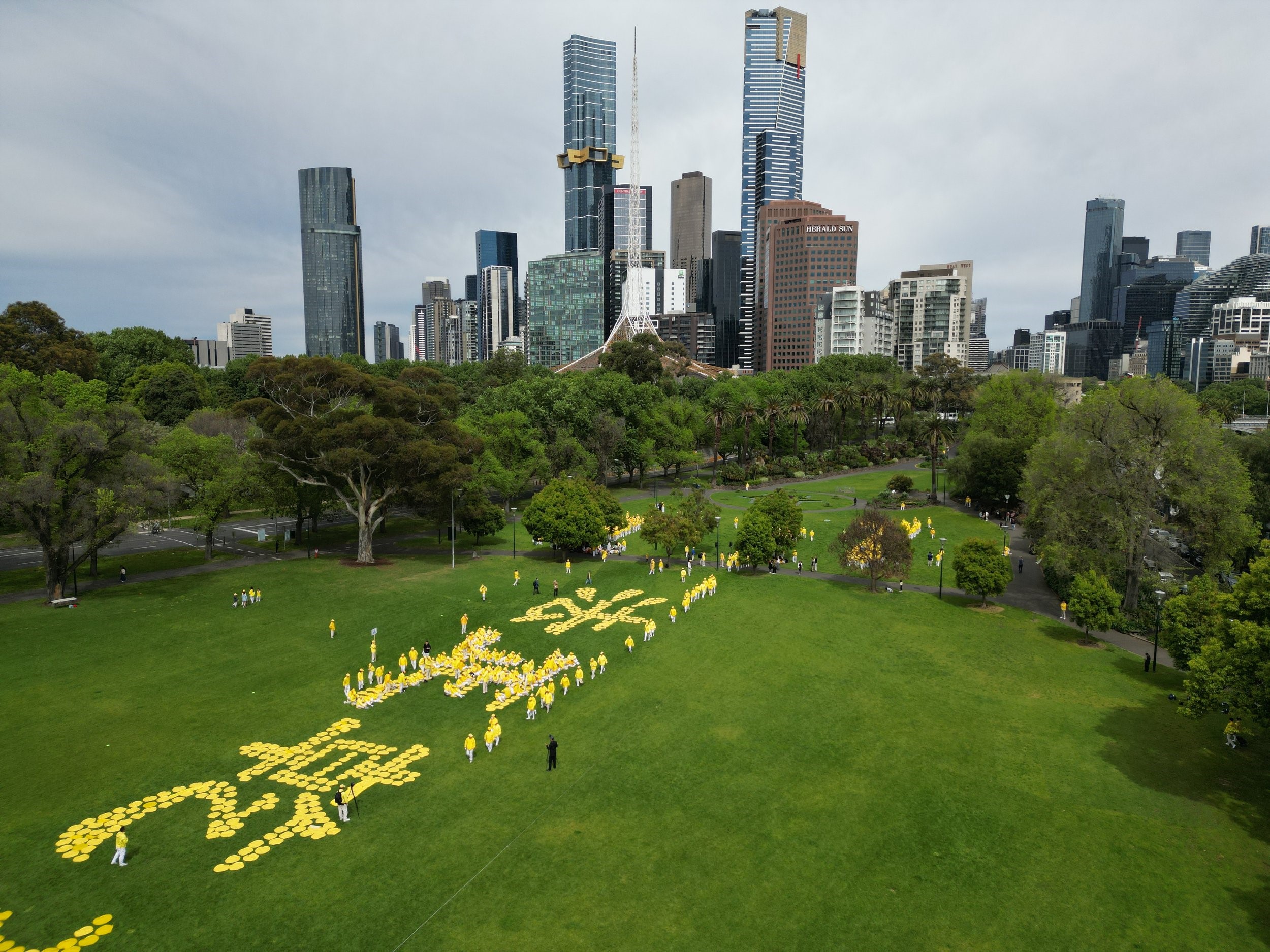
These days, you can find him in the Melbourne area with a soy latte in hand prepping for his shoots with the help of a CASA-verified drone safety app.
‘The apps are easy to use and notify where I can and can’t fly,’ he says. ‘When clients ask if we can shoot in a specific area that’s within 5.5 kilometres of an airport, I can check and say “no”. For special jobs, I’ll organise permits through CASA, like for a shoot I did at Parkdale Yacht Club.’
When preparing for a shoot, Pete stocks the boot of his car with cones, hi-vis vests and drones. His drone of choice is the Mavic 3 Pro for its lens zoom and video output capabilities. He also packs a coffee machine for infinite refills and a fridge filled with sandwiches.
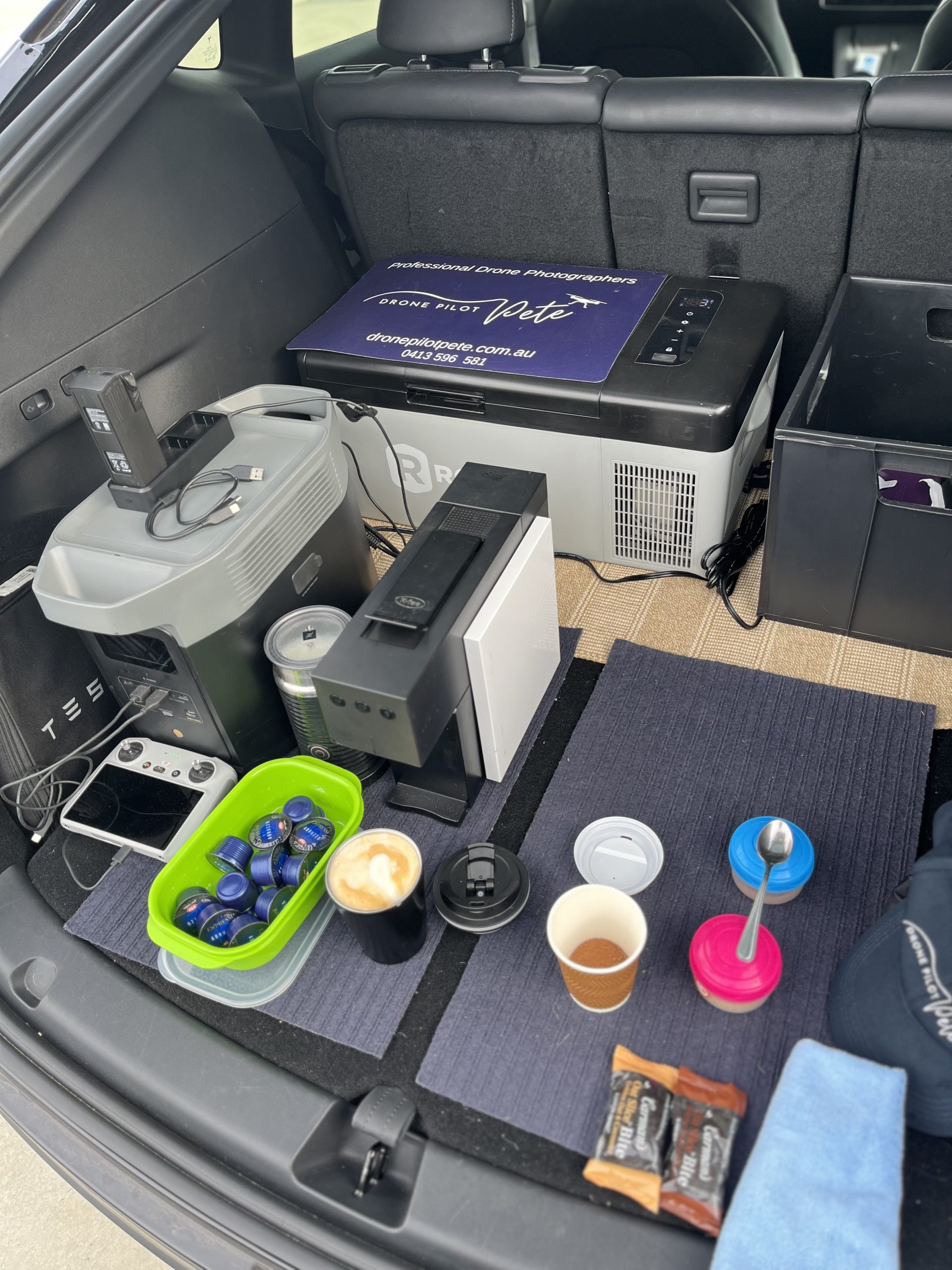
On top of the RePL (up to 25 kg) and ReOC, Pete also holds public liability insurance and makes sure all his operations are legal and compliant with the drone safety rules.
‘Even with the relevant qualifications, accidents can still happen,’ he says. ‘Drones can break, fail, fall and crash. Showing your clients your insurance certificate of currency gives them peace of mind that we are covered.
‘On these big days, it’s important to keep a safe 30 metres distance from other people. I do this by marking out a 30-metre circumference with cones or tape. I also complete a job safety assessment and, depending on the number of attendees, I might bring up to 3 spotters to the event.’
His eye for aesthetics gives him an edge in the industry. He happily waits hours for the right lighting or shot. ‘It’s an art form,’ Pete explains.
His advice for new aerial photographers is to do all the drone operational tasks properly. ‘Do the courses and your theory before you even touch the drone. There are too many people willing to break the law for a quick buck. That makes it harder for people like me doing the right thing to get work.’
Pete has completed a diverse range of drone flying jobs in his time, from filming Cirque du Soleil extravaganzas to capturing yachting regattas. His favourite job didn’t involve putting a drone in the air but keeping it close to the ground in a confined space.
‘One of my clients had a burst pipe and they couldn’t send anybody in there due to toxicity,’ he says. ‘So, we sent a drone through a tunnel underneath the building to find out where the leakage was coming from. At the end of the day, we saved them over $100,000!’
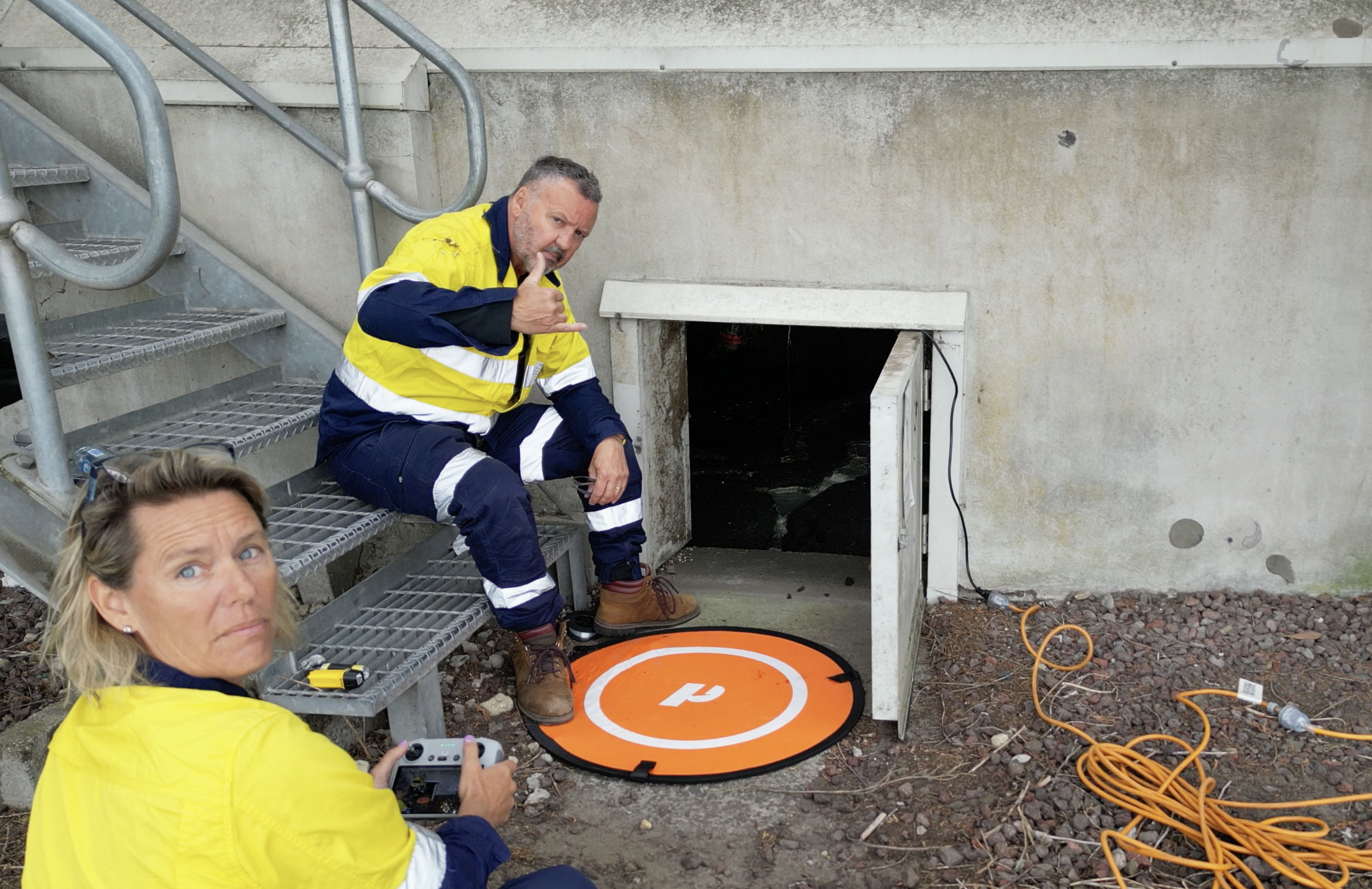
Take-off and landings are the trickiest periods during a shoot, so Pete takes special care to stick to the 30-metre area marked out by his cones and tape.
His top flight safety tip is to monitor fatigue to mitigate the risk of accidents. Fatigue can reduce situational awareness especially on shoots that last hours. As Pete explains, ‘You need to be well-fed, well hydrated and wide awake. Situational awareness is everything.’
